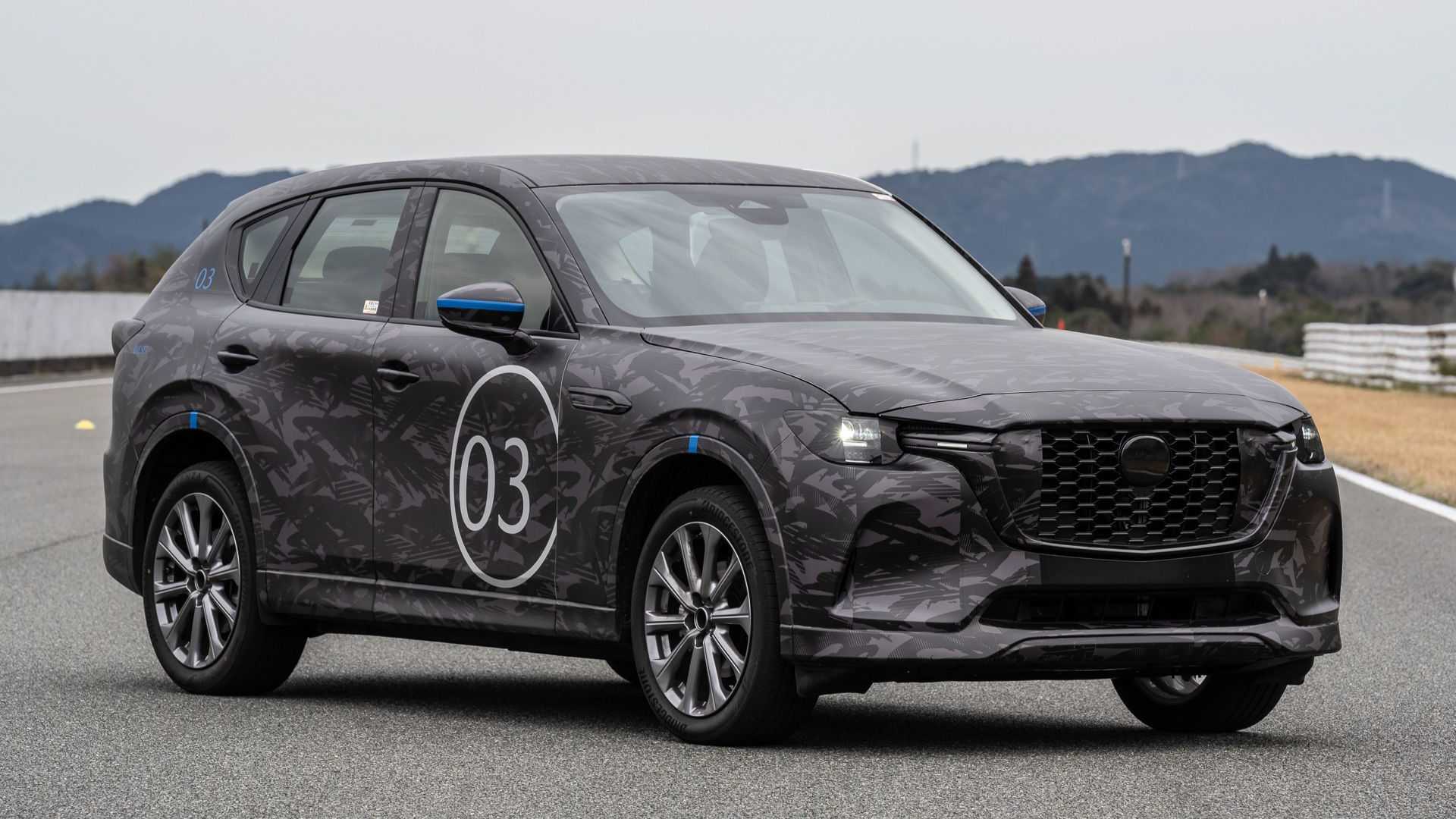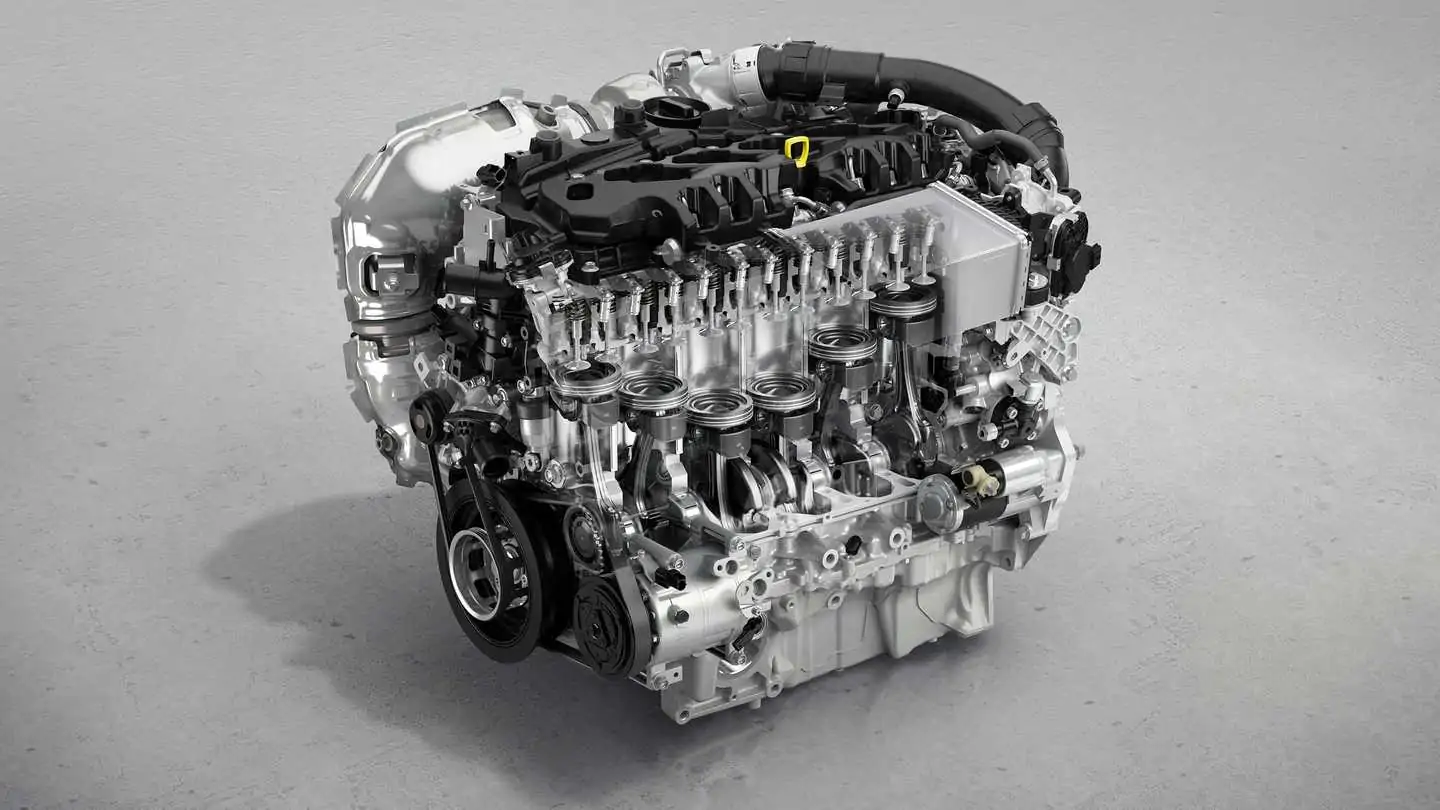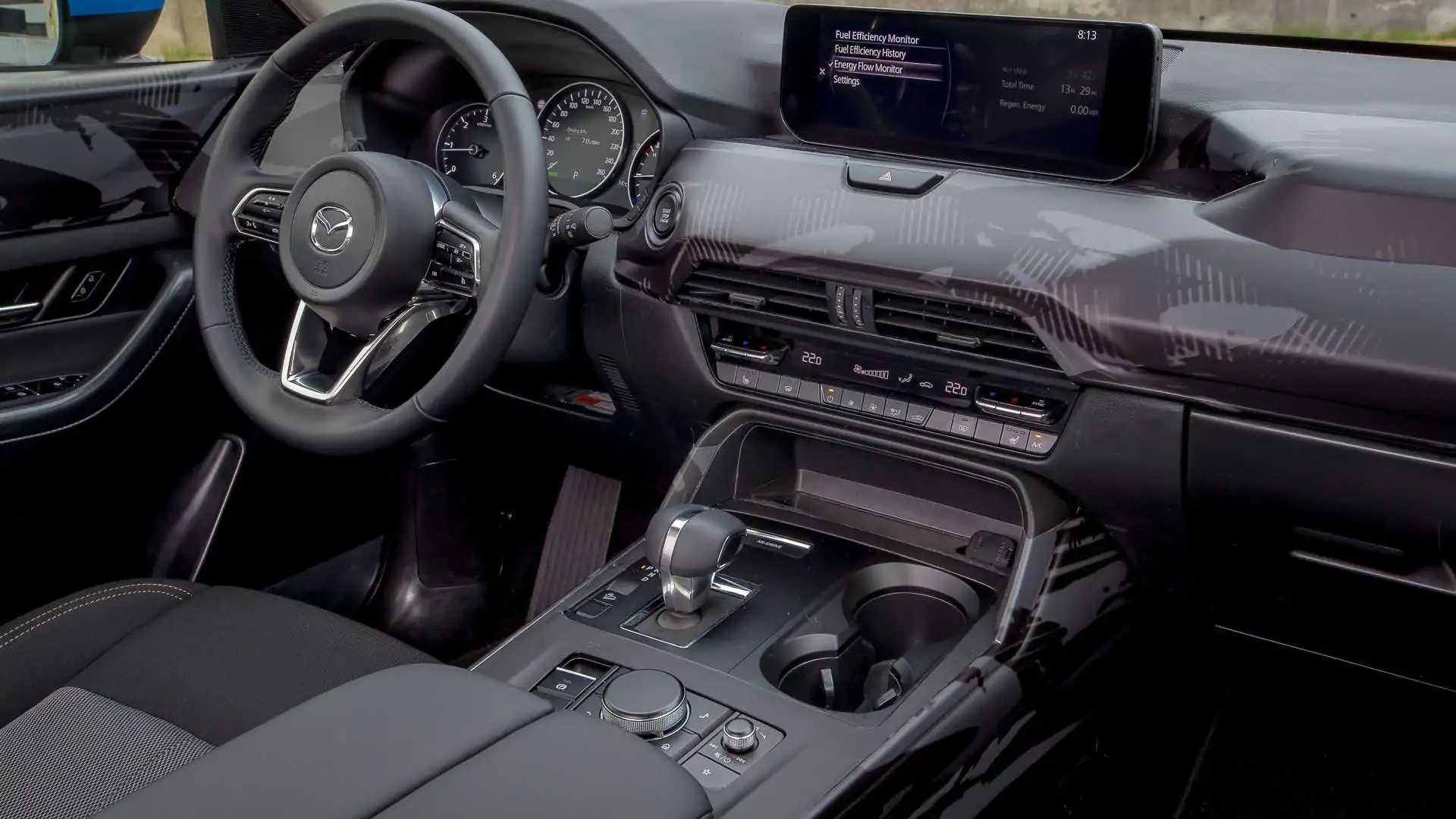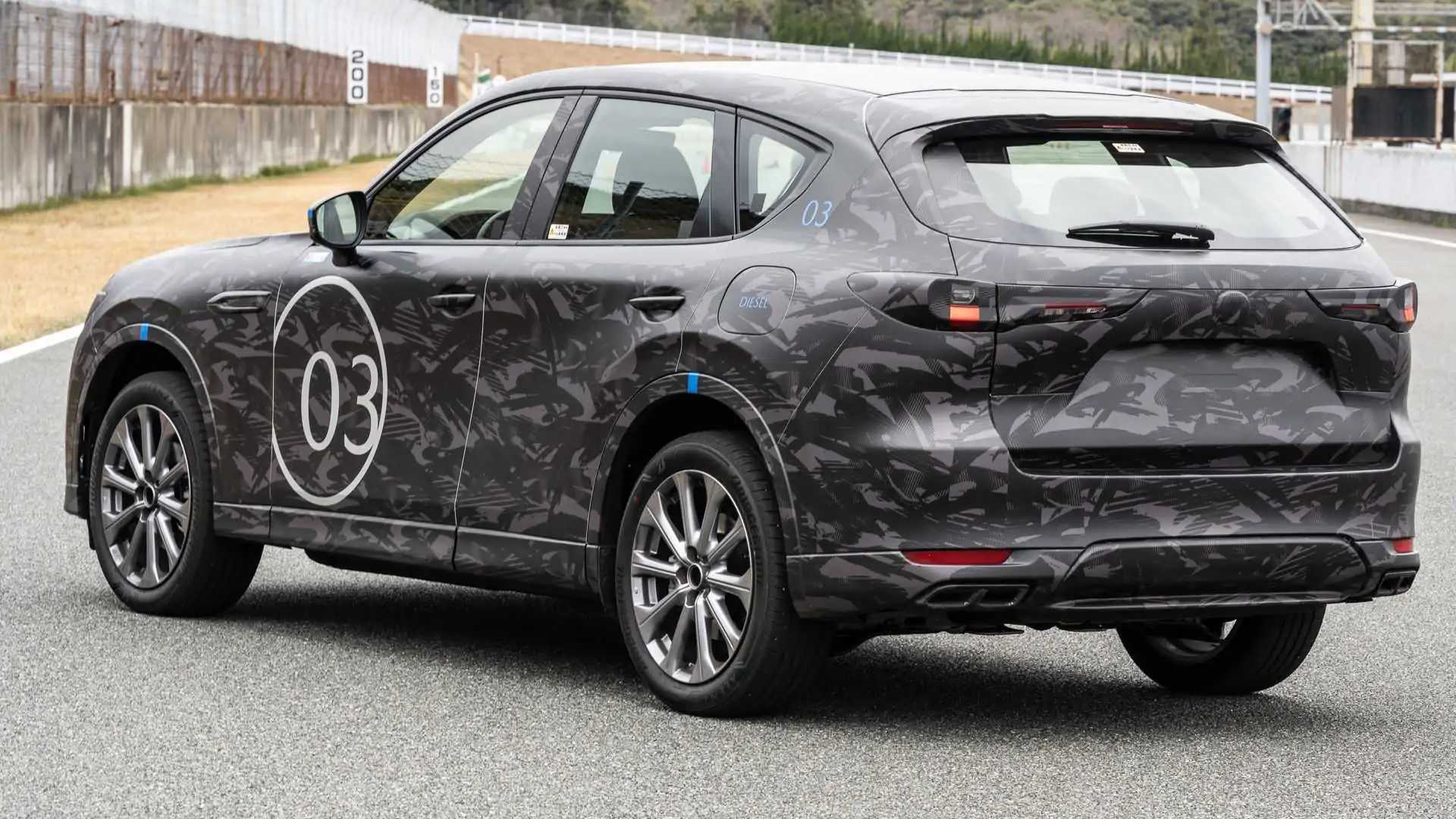The company is certain that its 3.3-liter diesel will comply with Euro 7 regulations.
Mazda has introduced a new line of large combustion engines with an inline-six design, going against the grain. These engines are available in gasoline and diesel versions. This is in direct contravention to the downsizing trend we are seeing in the industry. Zoom-Zoom appears to have saved the best for the last, as its last internal combustion engines will likely be the 3.0-liter gasoline units and the 3.3-liter diesel units.
Joachim Kunz from Mazda’s Technical Development Center in Europe, spoke with Automotive News Europe during the unveiling of the CX-60. He said that this would be the final generation of internal combustion engines. Therefore, we will prepare for the most difficult target and adjust using after-treatment options.




To keep regulators happy in light of increasingly strict emissions regulations, further investments will be made in the oil burner. Mazda believes the diesel will comply with Euro 7 regulations, even though they are still being finalized. Although the European Commission will likely formalize the stricter standard by July, Euro 7 won’t take effect until later in this decade.
Many automakers are already concerned about the fact that ICE-powered cars will be more costly due to the higher engineering costs required to make them cleaner. According to the Japanese brand, a six-cylinder is still an option in the automotive market. Mazda went big, especially with the diesel’s 3.3-liter displacement. This was to allow engineers some flexibility.
“Having a 3.0-liter engine means that we want to be safe for power and torque.” Kunz was referring to how stricter legislation regarding ICEs often results in a decrease in horsepower and torque. However, Mazda’s 3.3-liter engine allows it to still deliver adequate output while meeting Euro 7 standards.
We don’t know the power of the 3.0-liter gasoline engine, but we do know the diesel’s numbers. In standard form, the SKYACTIV D produces 228 horsepower (170 kilowatts), and 500 Newton-meters (369 pound feet). The e-SKYACTIV D with mild-hybrid technology can produce 251 horsepower (187 kW) or 550 Nm (406 lb.ft) of extra power.
Mazda will offer diesel across Europe but not in EV heaven Norway. Many automakers are slowly removing oil-burners from The Netherlands. The latest example is Audi with its once-omnipresent TDIs. Kunz believes the 3.3-liter diesel engine will be as efficient as a four-pot because it uses a highly efficient combustion process.
It is quite interesting to note that almost all European manufacturers of diesel cars are limited to a 3.3-liter displacement. VW Group’s V8 4.0 liter TDI diesel engine was retired a few years ago. With diesel’s popularity dropping (-34 percent by 2021), it will never be back.